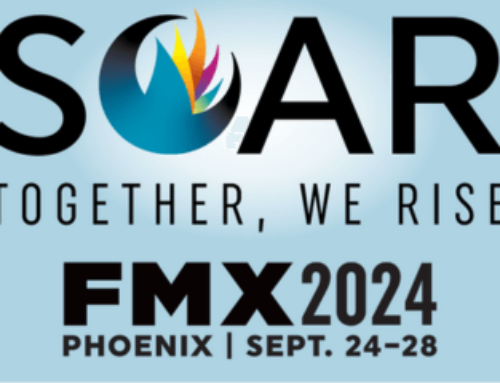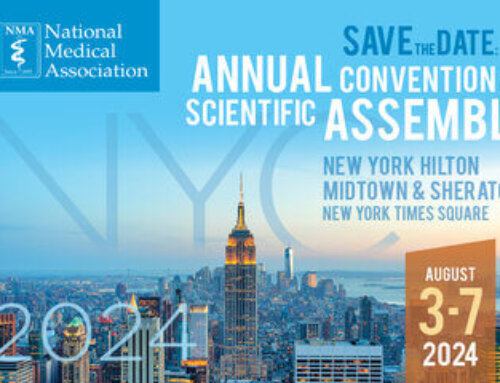In March the U.S. Department of Transportation’s (DOT) Federal Motor Carrier Safety Administration (FMCSA) and Federal Railroad Administration (FRA) announced that the agencies were seeking public input on the impacts of screening, evaluating and treating rail workers and commercial motor vehicle (CMV) drivers for obstructive sleep apnea (OSA). The joint Advance Notice of Proposed Rulemaking was the first step as both agencies consider whether to propose specific requirements. Earlier this week the AASM submitted a response to the FMCSA and FRA proposal.
Members who wish to submit comments on the proposed rule can still do so, as the deadline has been extended from June 8 to July 8.
According to the AASM, federal rules currently provide insufficient guidance for medical examiners and sleep specialists in the diagnosis, evaluation and ongoing management of sleep apnea among transportation operators. OSA is a chronic disease that afflicts at least 25 million adults in the U.S., including more than 20 percent of commercial truck drivers. A frequent warning sign for sleep apnea is excessive daytime sleepiness, which can manifest as drowsy driving. It is estimated that 328,000 crashes on U.S. roads each year – including 6,400 fatal crashes – involve a drowsy driver.
While drowsiness caused by sleep apnea represents a pervasive threat to roadway safety, it also is a danger on the railway. In December 2013, four individuals were killed and at least 61 people were injured when a Metro-North passenger train derailed in Bronx, New York. The National Transportation Safety Board (NTSB) determined that the train engineer had fallen asleep on duty due to undiagnosed, severe obstructive sleep apnea.
More information about obstructive sleep apnea is available at www.sleepeducation.org.




